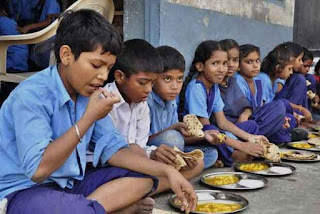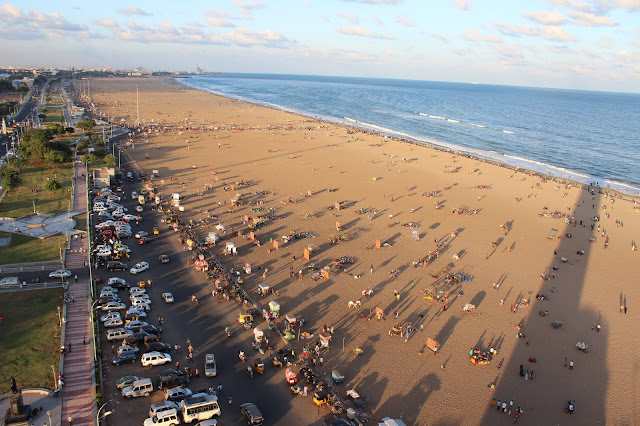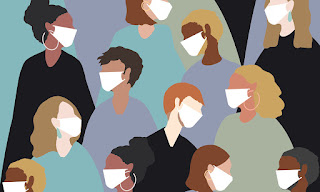A report on Household Social Consumption on Education in
India for the year 2017-18 was released by the National Statistical Office. It
dispersed various facts on education, internet facility, and literacy rate in
both the rural and urban sectors through a survey. A table on the mid-day meal
scheme was exposed.
It effected that 52.6% of students in the rural area between
the age of 3 to 35 attend pre-primary and above level of education as they were
provided mid-day meal/tiffin/nutrition. Whereas in urban, 30.2% attend for the
same factor. Rewinding the history of the scheme, Tamil Nadu has notably been
its pioneer.
Kamarajar was the man behind the introduction of the Mid-day
meal scheme. The main objective of the scheme is ‘to enhance enrollment,
retention, and attendance’ among school children and thereby improving their
nutritional standards.
Talking about the positive aspects, it has contributed to an
increase in education enrollment, especially in the rural sector. It is also a
major relief to low-income group families. On the other hand, the scheme has
also generated employment to support the preparation of food, transportation,
supervision, and others.
With respect to the funds for meeting expenditure, the two
main sources are the gross budgetary support and a cess. A study has claimed
that the majority of expenses were met through the cess collected. However,
there has been a gradual decline in the budget allocation for this scheme over
years. Only in the recent past, there was a 5% raise.
On the contrary, the quality of food was subject to
controversy. Perhaps, the outbreak of coronavirus has largely effected this
scheme too. Although the government claimed to make arrangements for the
distribution of food to those children, some rural households were also
informed that they will be issued money under this scheme. While some officials
claimed to issue the grains through PDS or ration cards. Not all rural
households own a ration card. This again is a drawback in managing the issue
which thereby leaves the main objective unaddressed. Lockdown, closure of
schools, digitalization, and online education has further increased the gap
between the rural population and basic needs.




